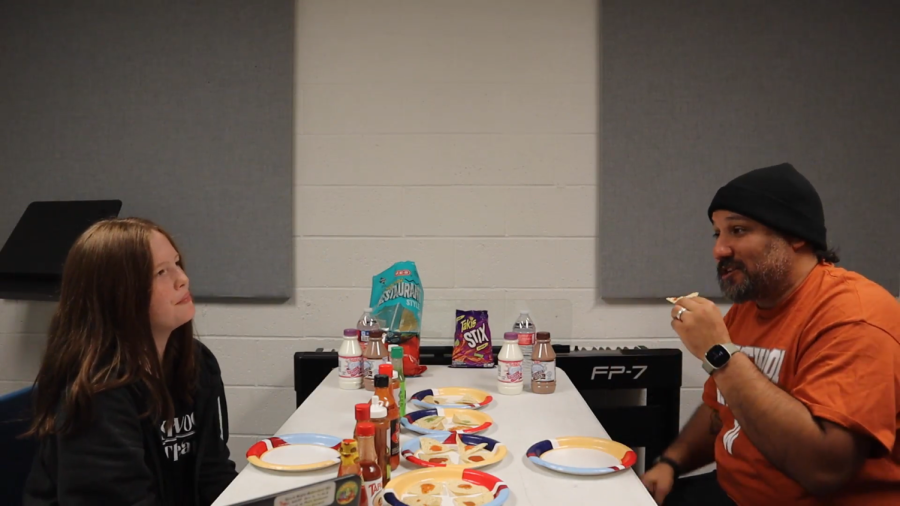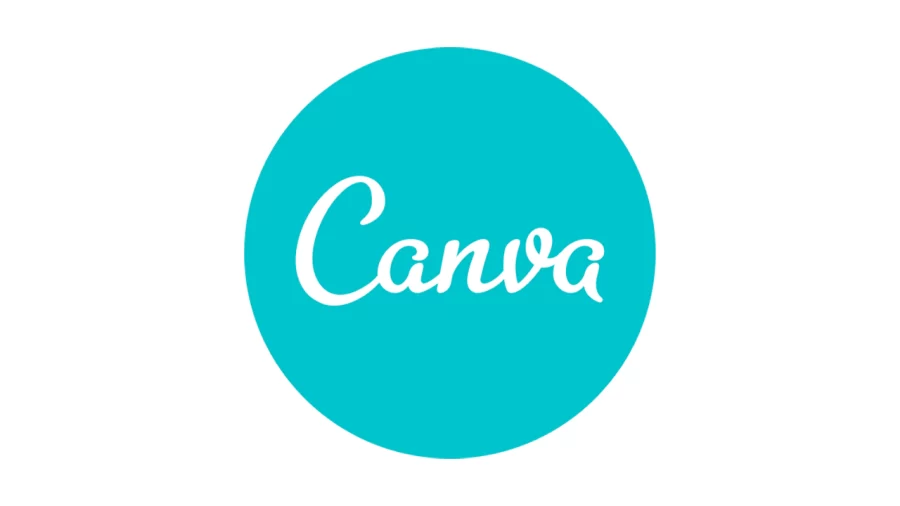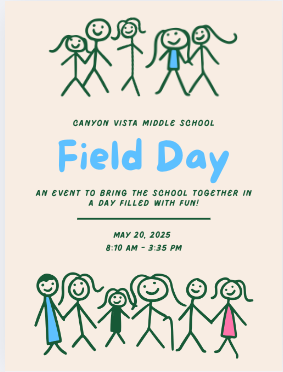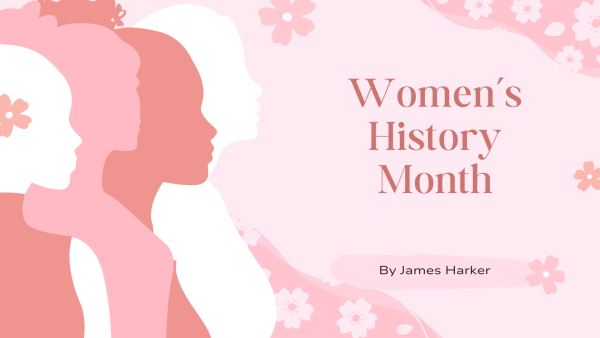Daylight Saving Time
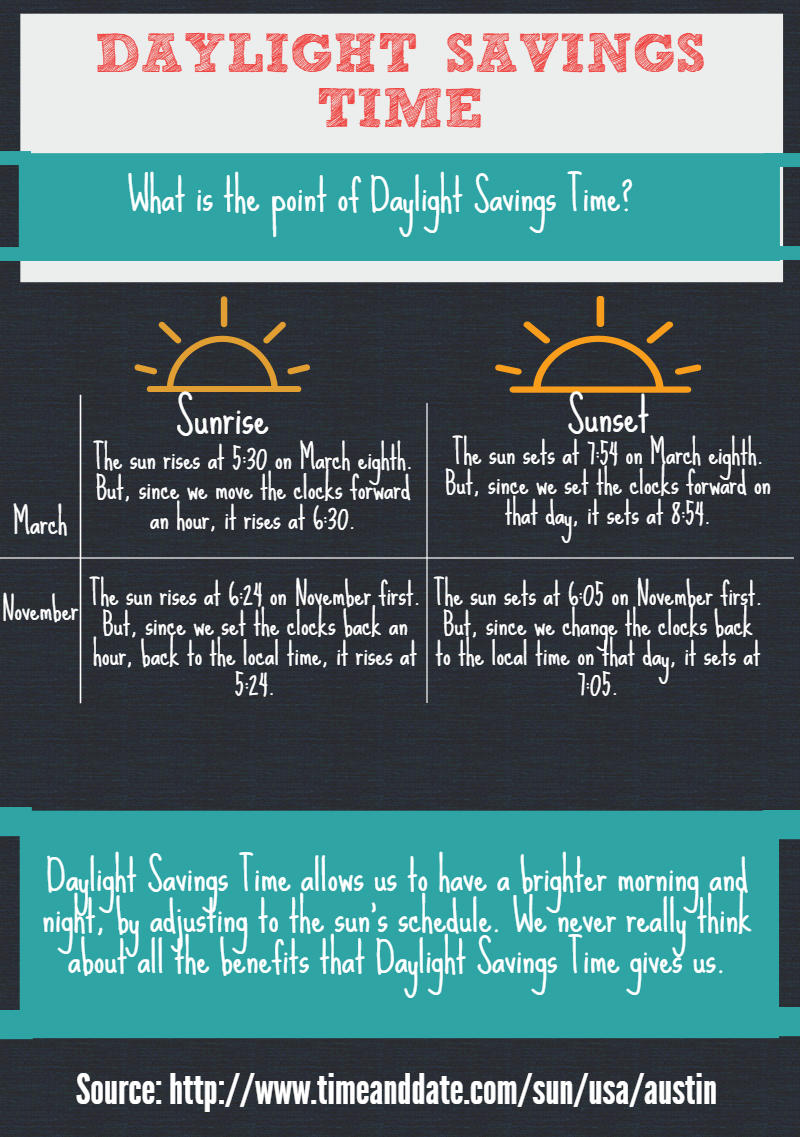
When the word ‘spring’ comes into our heads, a trail of thoughts may follow: Easter, flowers, allergies, and starting to put away our winter wear. However, we rarely think about daylight saving time when this season is nearby. Like many others, 7th grader Makhia Elliott says that she doesn’t know why daylight saving time occurs. Daylight saving may just seem to you as the day when you have to turn back the clocks and getting to go to bed when it’s dark out and wake up when the sun is pouring through your window. But there is much more to daylight saving than just that–here is a reason to turning back the clock an hour.
At 2:00 A.M. on March 8, daylight saving time actually starts. People set the clocks forward, and daylight saving ends on November 1, when people turn their clocks back an hour, restoring them to the local time. It does seem rather random to turn the clocks forward and then back again. But like most things in life, there is a reason for this seemingly weird tradition. DST was originally used around the world, but now the majority of the population who still use daylight saving time live in the U.S.
Daylight saving time was invented to make better use of the sun, and conserve energy so people will get up and see the sunrise, since they move the clocks forward one hour. So, people are on the same schedule as the sun. Then in the fall, since the sun rises later and sets earlier, there is no point to waking up an hour earlier, so the clocks are changed back to local time.
Daylight saving time has officially been around for hundreds of years. But even before that, early civilizations like the Romans adjusted their schedules to the sun’s schedule, going to bed and getting up when the sun did. That meant getting up an hour earlier and going to bed an hour later in the summer. The idea of daylight saving time came around in 1784 to Paris, actually by Benjamin Franklin. He suggested, as a joke, that people in Paris should just get out of bed earlier to conserve their candles. Another person who helped bring daylight saving about was New Zealander George Vernon Hudson, who wrote a paper to the Wellington Philosophical Society in 1895. However, it wasn’t until 1918 that daylight saving time officially started in the United States.
Unlike Europe, to which daylight saving time was introduced in 1914, daylight saving time was introduced to the U.S. in 1918, during World War One. However, there was confusion for the schedules of trains, buses, and anyone traveling to a different state, because the states could choose if they wanted to observe daylight saving time or not. In 1966, Congress established the Uniform Time Act of 1966, which stated that everyone in the U.S. must follow the daylight saving time schedule. Today, the U.S. follows the Energy Policy Act of 2005, which gives us guidelines for daylight saving time.
Daylight saving time is observed in over 70 countries. It helps us to use the sun’s energy better, and not waste the daylight by sleeping in. Daylight saving time allows us to have a little more sun in our lives. It’s a way for us to have more of a chance to get outside and enjoy a beautiful day. When getting home from work, parents can enjoy time outside with their kids, when it’s still light outside. Daylight saving time lights up our days for longer.










